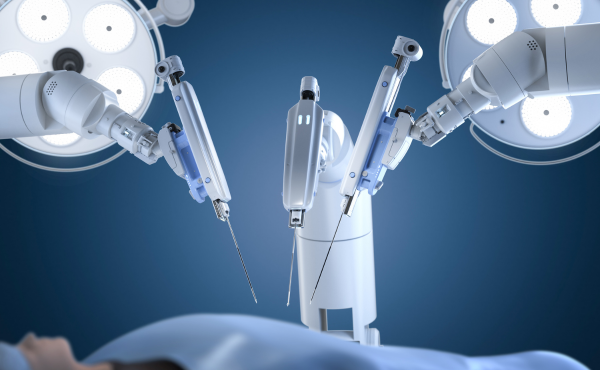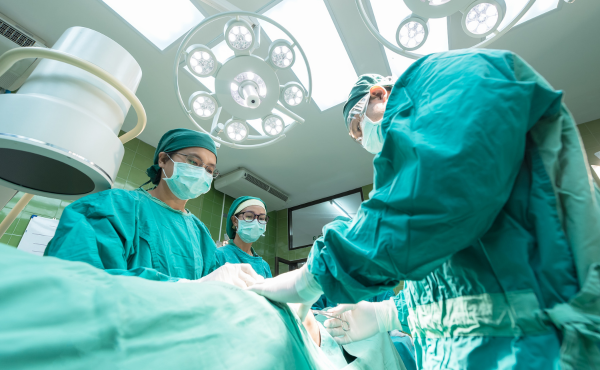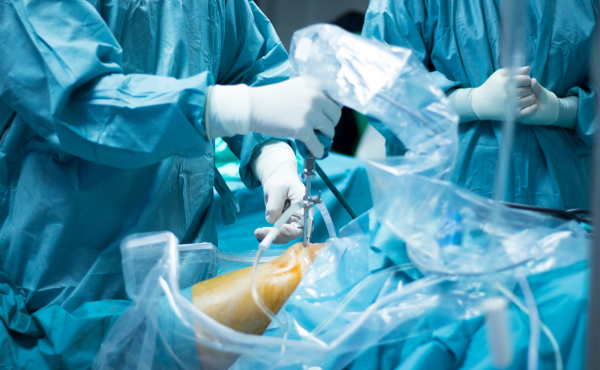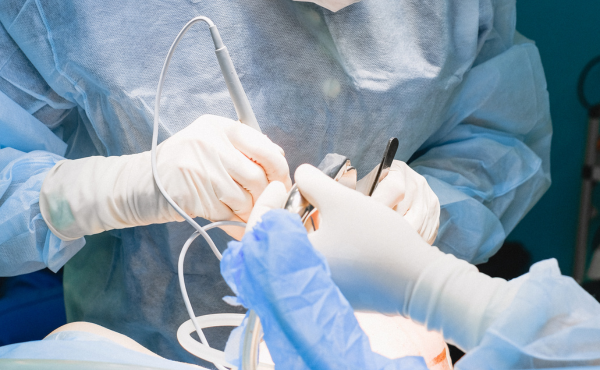Robotic Surgery
Robotic surgery is an innovative surgical technique that utilizes robotic-assisted systems to perform complex procedures with enhanced precision, flexibility, and control. It allows surgeons to operate through small incisions using robotic arms controlled by a console, providing a magnified, high-definition 3D view of the surgical site. This advanced technology enhances accuracy and reduces the risk of complications, leading to better patient outcomes.
Robotic-assisted procedures integrate artificial intelligence, motion scaling, and tremor filtration, allowing for superior maneuverability and a higher degree of accuracy than traditional surgery. The system translates a surgeon’s hand movements into precise micro-movements of surgical instruments, ensuring delicate and intricate procedures are carried out with minimal disruption to surrounding tissues.


Why Robotic Surgery?
- Superior Visualization – High-definition, 3D imaging provides a detailed, magnified view of the surgical area.
- Greater Precision and Control – Robotic-assisted instruments allow for finer movements, reducing human error.
- Enhanced Dexterity – The robotic arms have a greater range of motion than the human hand, enabling complex surgical maneuvers.
- Reduced Trauma to Tissues – Smaller incisions and improved accuracy minimize damage to surrounding structures.
- Lower Infection Risk – The minimally invasive nature of robotic surgery reduces post-operative infections.
- Shorter Hospital Stay – Faster recovery times lead to shorter hospital admissions and quicker return to daily activities.
Robotic Surgery Applications :
- Gastrointestinal Surgery – Treating digestive tract disorders, including acid reflux and intestinal obstructions.
- Urologic Surgery – Prostatectomy for prostate cancer, kidney surgery, and bladder reconstruction.
- Gynecologic Surgery – Hysterectomy, myomectomy (fibroid removal), and endometriosis treatment.
- General Surgery – Hernia repair, gallbladder removal, and colorectal procedures.
- Orthopedic Surgery – Robotic-assisted joint replacements for knees and hips.
- Oncologic Surgery – Removal of tumors in various organs with high precision.


How Robotic Surgery Works :
- The patient undergoes thorough preoperative evaluations, including imaging tests such as MRI, CT scans, or ultrasounds.
- The surgical team maps out the procedure using advanced computer software to create a personalized surgical approach.
- Instead of making large incisions, the surgeon creates small keyhole-sized incisions in the target area.
- Trocar ports (hollow tubes) are inserted through these incisions to provide entry points for robotic surgical instruments.
- The surgeon positions and docks the robotic system over the patient’s surgical site.
- The robotic arms, equipped with specialized surgical instruments and a high-definition 3D camera, are inserted through the trocar ports.
